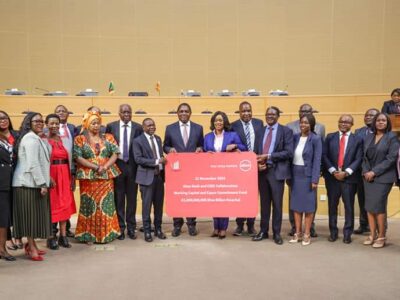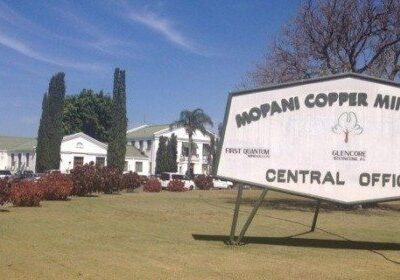A study conducted by the Policy Monitoring and Research Centre (CTPD) has outlined a number of challenges that should be resolved to support government’s aspirations of attaining three million metric tonnes of copper production in a decade.
The study, released on Wednesday this week, established that the mining sector has been faced with several challenges which will require to be resolved to undertake this aspiration.
Some of the identified challenges established in the report include: unstable and inconsistent mining tax regime, delayed Value Added Tax (VAT) refunds, high cost of capital, and inadequate local sources of financing mining projects.
Others are high cost of energy, lack of detailed and updated geological information as well as licensing challenges at the cadastre department.
According to the study, the mining tax regime had been unstable, uncompetitive, and unpredictable for a long time now.
Read more: PMRC calls for enhanced promotion of green technologies in 2024 budget submissions
“Coupled with the unstable tax regime, mining houses indicated that the current tax rates are high in comparison to other jurisdictions which make it difficult to attract both local and foreign investment,” it stated.
It also pointed out that the high-interest rates in the nation were detrimental to business and the mining industry would not be an exception.
The study established that the high cost of capital would discourage indigenous, Zambians from venturing into credible mining operations.
“Small mineral deposits can easily be exploited by local companies, but start-up capital has always been a challenge,” according to the study.
On inadequate local sources of financing mining projects, the study stated that mining operations required huge capital inflows for investments and expansion projects and such huge capital needs were not available on the local market.
The study also pointed out that lack of geological information continued to undermine the growth of the mining sector.
“Only about 55 per cent of the country had been geologically mapped and the information available is too old and not of high resolution.
“Most of the mining entities that participated in the study attributed the lack of adequate funding to the Ministry of Mines and Minerals Development as the reason for the lack of high-quality mineral information in the country,” the study stated.
WARNING! All rights reserved. This material, and other digital content on this website, may not be reproduced, published, broadcast, rewritten or redistributed in whole or in part without prior express permission from ZAMBIA MONITOR.












Comments